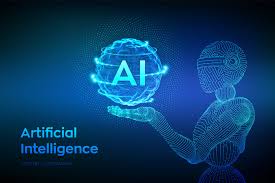
Artificial intelligence could expand cross-border trade by nearly 40% by 2040, but only if governments adopt policies that close the global digital divide, according to the World Trade Organization’s (WTO) 2025 World Trade Report.
The flagship study projects that widespread AI adoption could increase global trade by 34–37% and boost GDP by 12–13% over the next 15 years. The gains would be driven by lower trade costs, higher productivity, and more efficient supply chains.
Much of this growth depends on access to AI-enabling goods, such as semiconductors, raw materials, and digital infrastructure—worth $2.3 trillion in global trade in 2023. But WTO Director-General Ngozi Okonjo-Iweala warned that access remains “highly uneven” across economies.
“AI has vast potential to lower trade costs and boost productivity,” Okonjo-Iweala said. “But without inclusive policies, it could also deepen existing divides”, she said.
The report finds that if low- and middle-income countries close half of their digital infrastructure gap with advanced economies and expand AI adoption, national incomes could rise by 15% and 14%, respectively.
At the same time, trade barriers on AI-related goods are climbing. Quantitative restrictions rose from 130 in 2012 to nearly 500 in 2024, mostly imposed by high- and upper-middle-income economies. Bound tariffs on AI-enabling goods in some low-income countries remain as high as 45%, constraining competitiveness.
To harness AI’s potential, the WTO calls for policy frameworks that combine investment in infrastructure with education, training, and labour market reforms.
It also urges members to reinforce open trade rules, including expanded commitments under the Information Technology Agreement and the General Agreement on Trade in Services.



